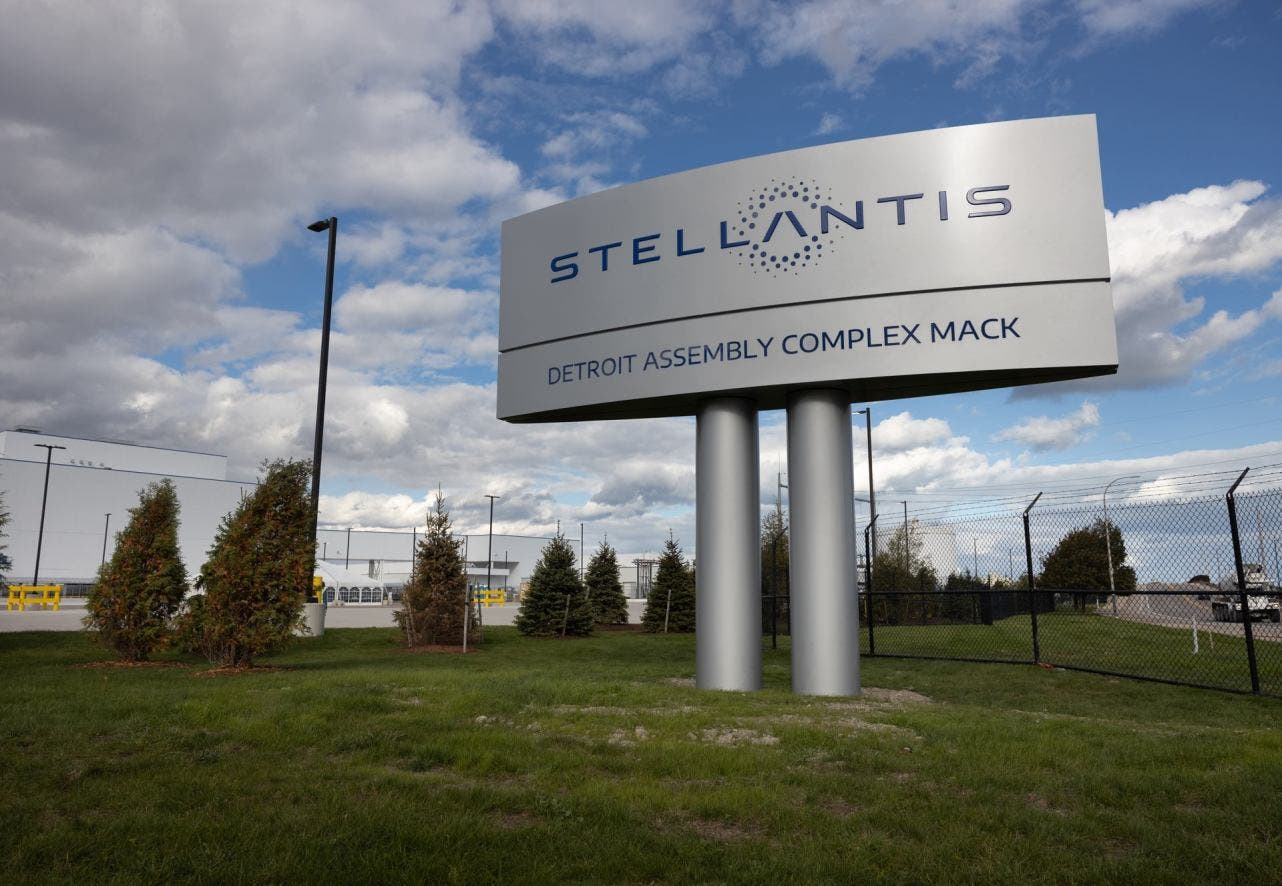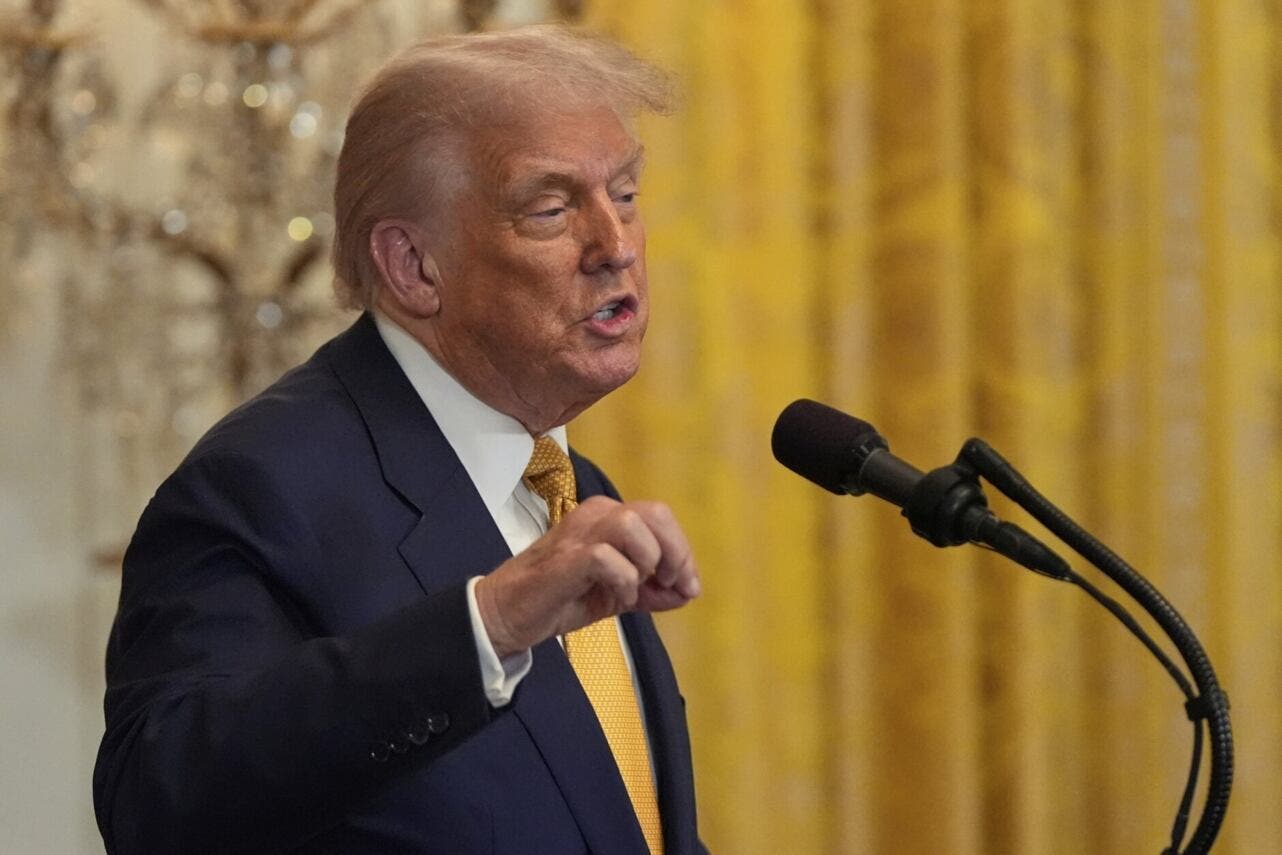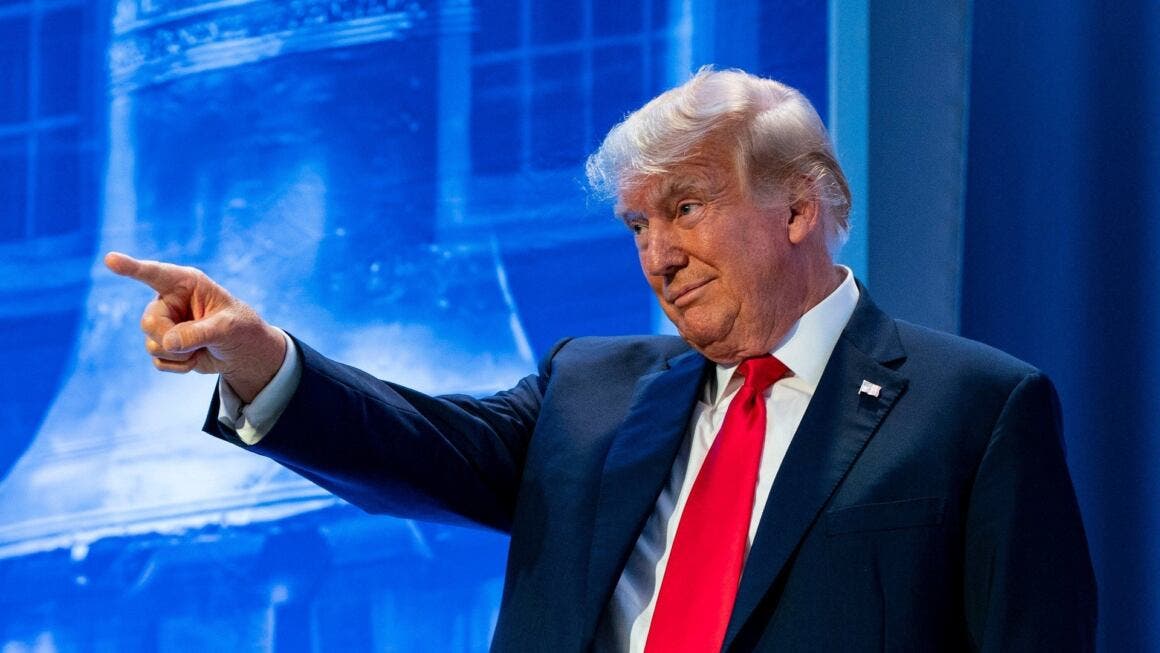During a White House Cabinet meeting held on Tuesday, August 26, U.S. President Donald Trump praised his economic policy, claiming that tariffs on imported vehicles and parts have boosted domestic auto production and contributed to the creation of thousands of jobs.
Trump credits tariffs for boosting U.S. auto industry, praises Stellantis, Ford, and GM, but data tells a different story

Trump specifically thanked Detroit’s Big Three, General Motors, Ford, and Stellantis, for their investments in the country. “Domestic auto production has increased by 18,000 units a month, and we haven’t even started yet,” Trump said, emphasizing that the automakers are expanding their plants as quickly as possible to meet U.S. demand.
The reality, however, appears less rosy than described. According to Sam Fiorani, Vice President of Global Vehicle Forecasting at AutoForecast Solutions, production between February and July increased by just 1,000 units in total, not 18,000 per month, as Trump claimed. No new plants have opened, and planned expansions are not yet operational. The modest uptick, Fiorani noted, is more likely tied to accelerated production schedules to offset tariffs rather than true industrial growth.
Still, Trump reiterated his support for automakers, also praising Hyundai Motor Group for its U.S. investments. Ford has announced around 4,000 new jobs, while Hyundai expects to add 14,000 direct jobs in the U.S. as part of a $21 billion investment plan running from 2025 to 2028. The Korean automaker estimates the overall impact will exceed 100,000 direct and indirect jobs by 2028.

General Motors, for its part, has decided to shift production of models such as the Chevrolet Blazer and Equinox from Mexico to the United States. Stellantis is committing billions to new projects, including reopening the Belvidere, Illinois, plant to build a new midsize pickup, alongside investments in Michigan, Ohio, and Indiana for vehicle assembly, including EV production.
While Trump claims success for his protectionist policies, the data shows the U.S. auto industry is still far from a genuine production boom. The challenge for automakers will be turning bold announcements into concrete results, in a landscape defined by the EV transition, global competition, and shifting industrial policy.
